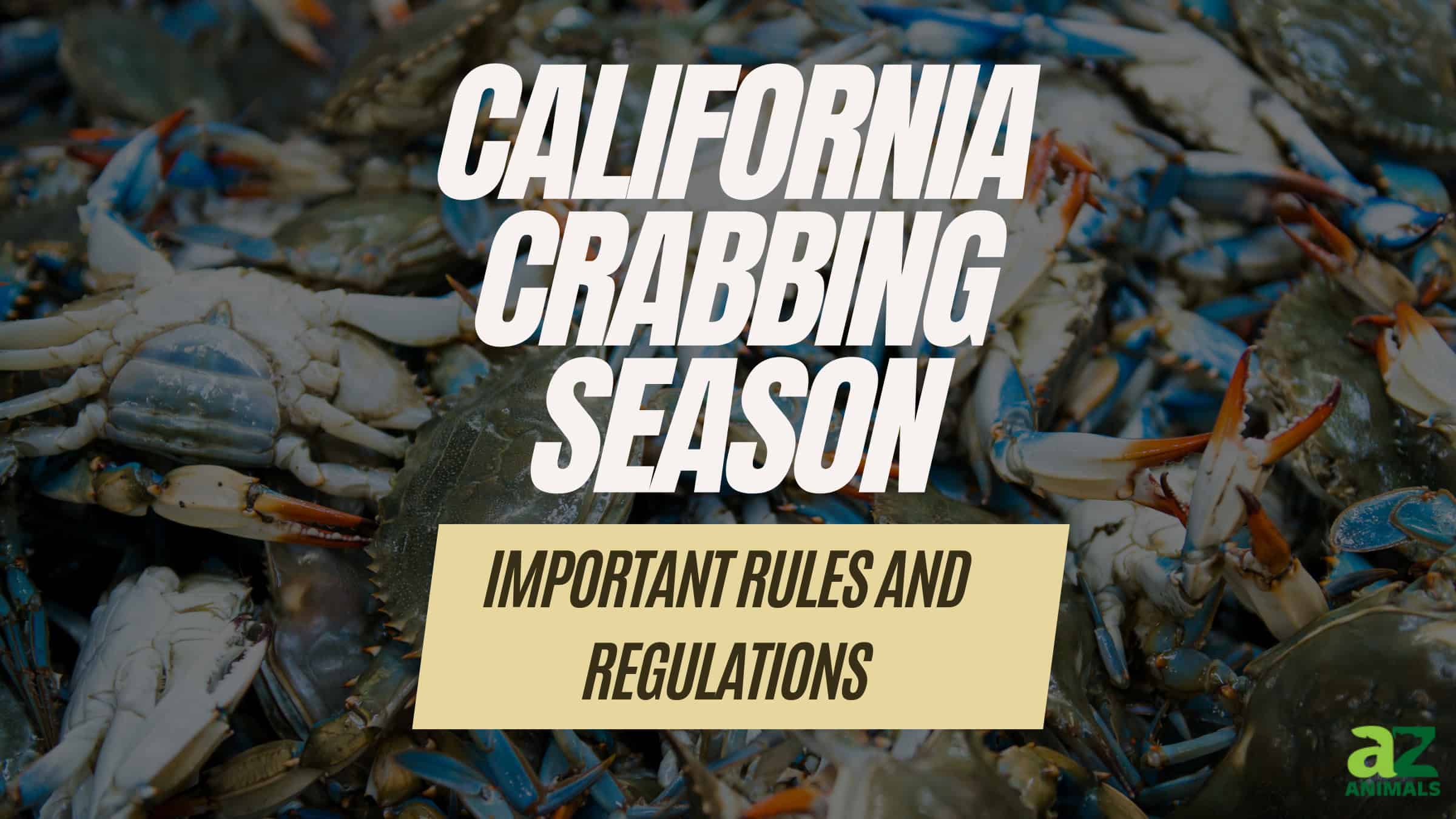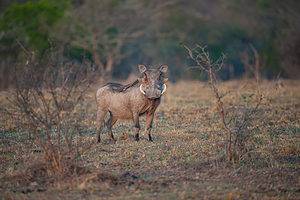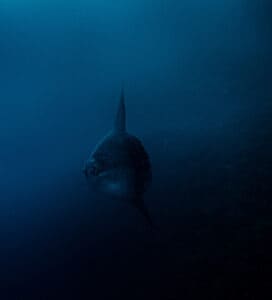Long ago, humans would hunt animals for food. Today, of course, we usually go to the grocery store to buy our pre-packaged beef or chicken. Of course, some of the most popular pastimes in America involve hunting or fishing. There are many regulations — some local, some state, some federal — involving hunting and fishing. There are seasons to hunt or fish a particular animal or species. Likewise, there are restrictions on the amount or number. Also, there are a myriad of rules to ensure there isn’t overhunting or overfishing, which can deplete the population of the given season. When it comes to crabbing in California, there are several regulations set forth by the state. Let’s take a look at California Crabbing Season: the timing, bag limits, and other important rules.
Crabbing Season
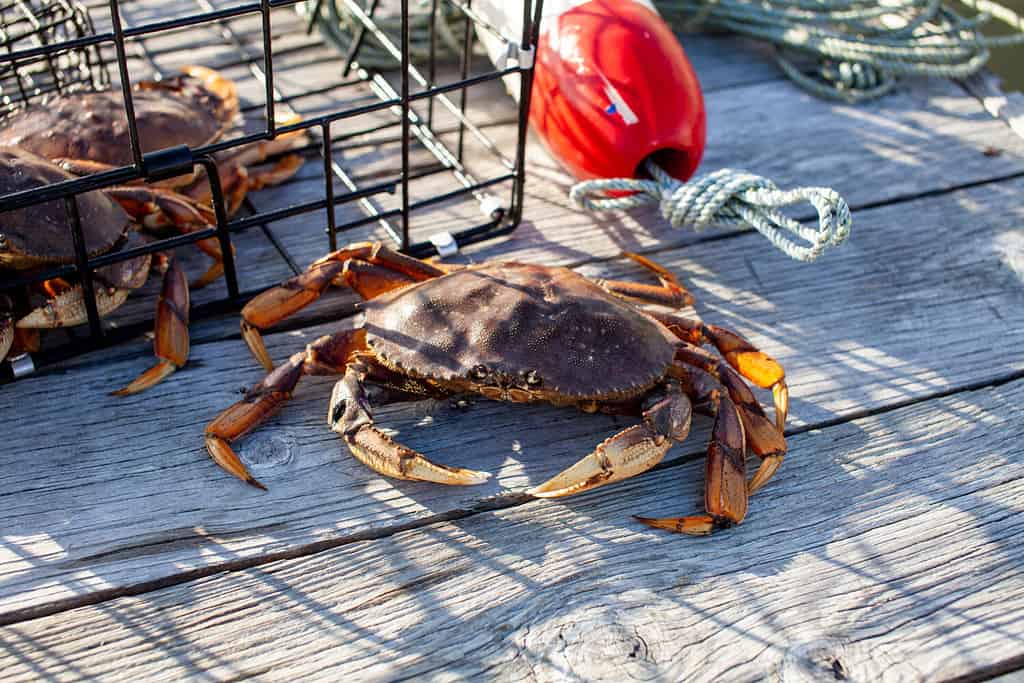
The best time for crabbing is in the late autumn and wintertime, as the population is more abundant.
©Ashley-Belle Burns/Shutterstock.com
The State of California divides its rules and regulations on ocean recreational fishing into two — Northern California and Southern California. There are different sets of rules for both areas because of the vast differences in geography, weather, and even marine life that lives in these two different regions.
Crabbing season in Northern California — which spans from the Oregon border to Cape Mendocino in Humboldt County — is different depending on the type of crab. For the Dungeness crab (Metacarcinus magister), the crabbing season started on November 4, 2023, and concludes on July 30, 2024. Typically, the rough dates are true every year. When it comes to rock crabs, which include red crab (Cancer productus), yellow crab (Metacarcinus anthonyi), and brown crab (Romanleon antennarium), the crabbing season is allowed all year long.
Crabbing season in Southern California spans from Point Conception in Santa Barbara County to the border between the United States and Mexico in San Diego. Crabbing season is available for all species of rock crabs, including red crab (Cancer productus), yellow crab (Metacarcinus anthonyi), and brown crab (Romanleon antennarium). Just like in Northern California, the crabbing season is open the entire year for the whole state.
Bag Limits: Don’t Over-Catch!
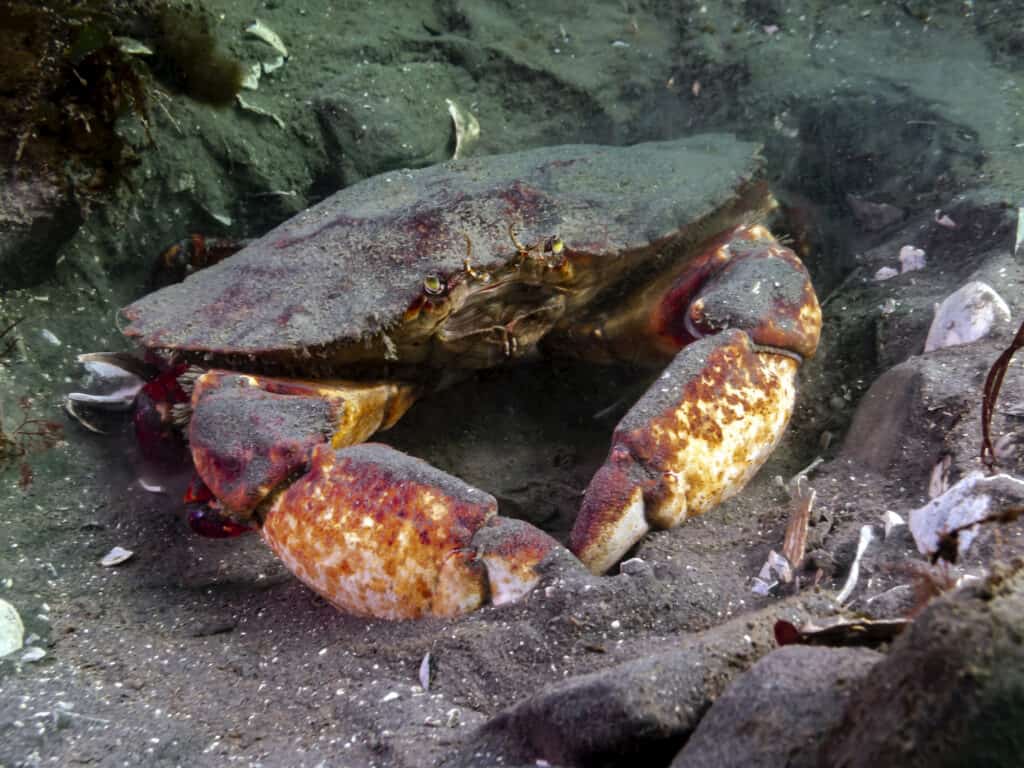
The species of crab that make California home include the Dungeness crab, Purple Shore crab, Yellow Shore crab, and Rock crab, among others.
©iStock.com/naturediver
The bag limits are different for each region of California and the type of crab. When it comes to the Dungeness crab in Northern California, there is a limit of 10 crabs per day, and the minimum size is 5 ¾ inches. You should also be aware that you cannot use commercial Dungeness crab fishing vessels for recreational crabbing. Bag limits for rock crabs in Northern California are limited to 35 crab with a minimum size of 4 inches.
As for Southern California, the rock crab bag limits are as follows: there is a bag limit of 35 crab per day, with a minimum size limit of 4 inches. This is the same for Northern California bag limits for all species of rock crabs.
Other Important Rules
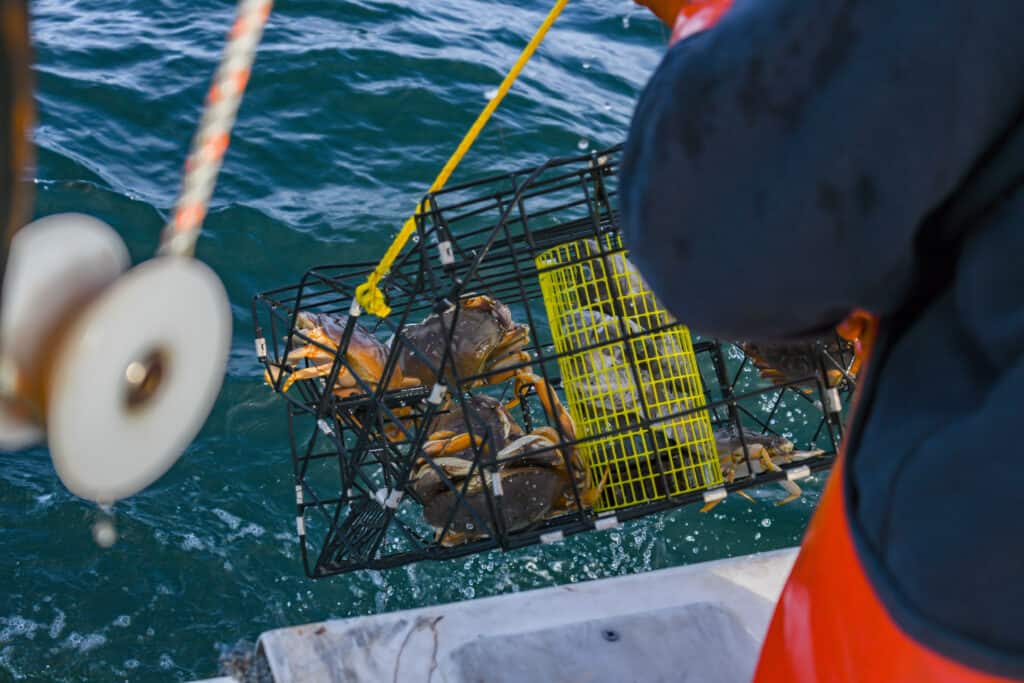
The best bait to use when crabbing is chicken, as well as oily fish.
©Photo_time/Shutterstock.com
California has made special notice to all recreational vessels that they should not set traps in areas where whales can roam around. Likewise, every few years, the state government issues new rules that recreational crabbers must adhere to.
For example, the California Fish and Game Commission issued new rules about traps, effective November 1, 2021.
- Each trap must have a standardized buoy, as well as another red buoy marker.
- Every crab trap needs to have been serviced every nine days.
- You may only have 10 traps per person.
- Lastly, make sure you have a Recreational Crab trap Validation, as it is required with crab traps.
Furthermore, there were previous crab trap rules adopted that you need to follow. Most importantly, you should have one destruct device that is made of a single strand of untreated cotton twine. This twine must be size No. 120 or less. This in turn will ensure that there are no obstructions in openings anywhere on the top of the trap.
Crabbing Best Practices
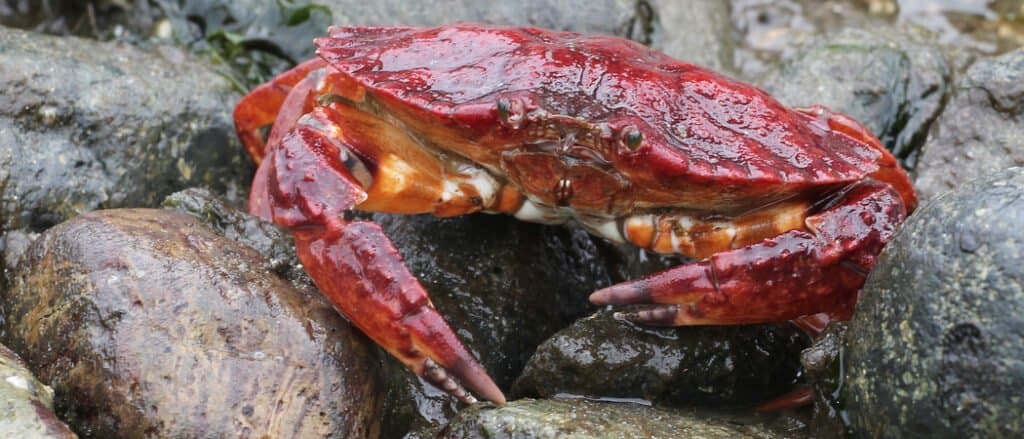
The California coastline is 840 miles, where all types of ocean fishing are allowed (with limits and rules).
©Randy Bjorklund/Shutterstock.com
The California Department of Fish and Wildlife also comes out with its leaflets on best practices that recreational crabbers should follow.
Mainly you should:
- Make sure any gear is away from whales and sea turtles.
- Always check traps regularly and take them out of the water if there are whales around you.
- All gear, lines, and buoys should be in good condition.
- Ensure that you keep all knots, leads, or scopes to a minimum.
- You should never have gear in the ocean if you are not fishing or crabbing at that moment.
- You should keep all slack surface lines to a minimum and make sure vertical lines are taut.
- Lastly, if you do see whales, make sure you send that information to other sea vessels.
Final Word Before You Head Out There
And there you have it, the season for crabbing in California usually lasts from late autumn to mid-summer. That’s usually directed at Dungeness crab because rock crab is available for crabbing all year long. However, there are regulations that you must follow so that you don’t break the law. After you have read over all the important rules, go out there by the sea in San Diego or Monterey and have some fun crabbing. When you go back to your home, you’ll have a delicious seafood meal.
Thank you for reading! Have some feedback for us? Contact the AZ Animals editorial team.

